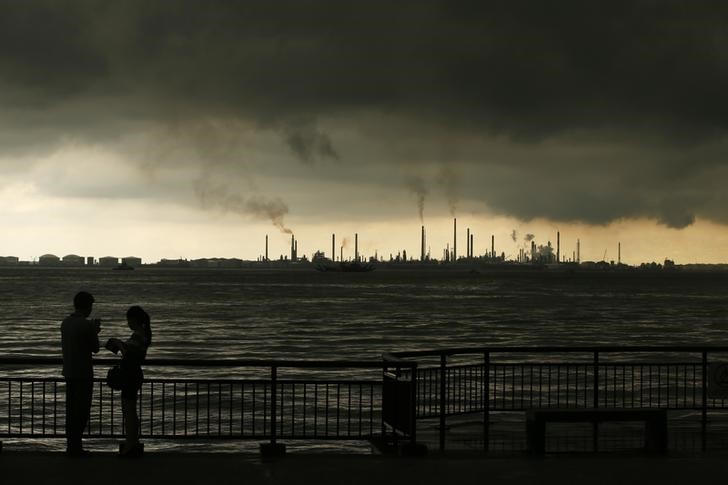By Doris Yu
Investing.com – Oil was up Tuesday morning in Asia even as the Organization of the Petroleum Exporting Countries and allies (OPEC+) failed to reach a deal to increase fuel output in August after days of talks.
Brent oil futures rose 0.38% to $77.45 by 10:19 PM ET (2:19 AM GMT) and WTI futures jumped 2.06% to $76.72.
The OPEC+ talks collapsed on Monday as the United Arab Emirates (UAE) seeks to increase supply against Saudi Arabia's proposal to keep a tight lid on production, and the cartel has yet to agree on a date for its next meeting.
Investors are now concerned that the dispute could escalate into a conflict as destructive as 2020’s price war between Saudi Arabia and Russia that led the black liquid into negative territory.
On the supply side, the market will now not expect an output increase in August and the market will be short of barrels amid the economic rebound from COVID-19 globally. OPEC+ added about 2 million barrels a day from May to July 2021 to revive some of the supply that was halted as COVID-19 spread in 2020. The cartel planned to increase its daily supply by an additional 400,000 barrels from August 2021 to April 2022. The UAE, however, would not accept the proposal unless it was granted the same terms for calculating its quota as Saudi Arabia.
“With the oil market already in deficit and supply growth lagging oil demand growth," the current OPEC+ production limits will likely send prices even higher, Giovanni Staunovo, a commodities analyst at UBS Group AG (SIX:UBSG), told Bloomberg.
On the demand front, the economic recovery from COVID-19 in key markets, including China and the U.S., is boosting fuel demand and draining inventory buildup. The American Petroleum Institute (API) in June urged the OPEC+ to keep market balances amid an increasing fuel demand worldwide. Investors now await U.S. crude oil supply data from {ecl-656||API}}, due later in the day.
